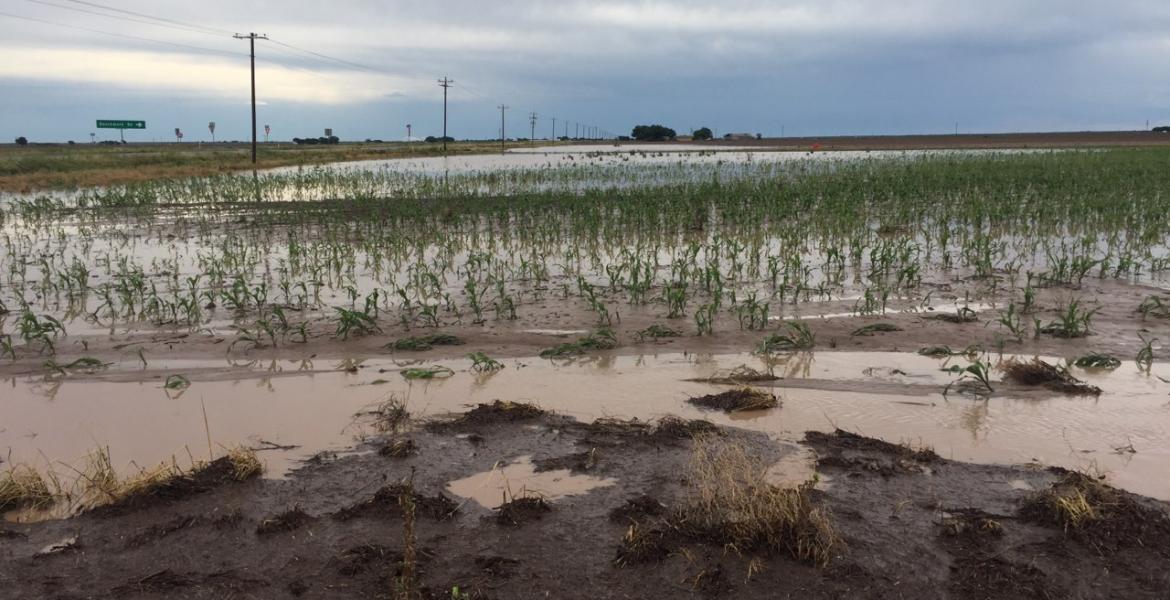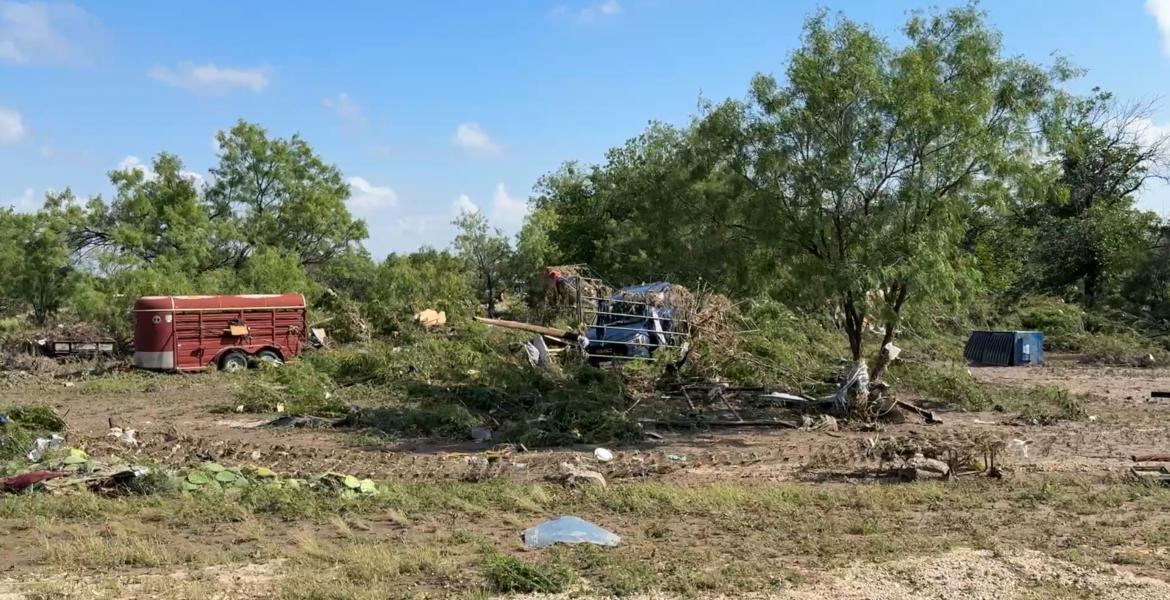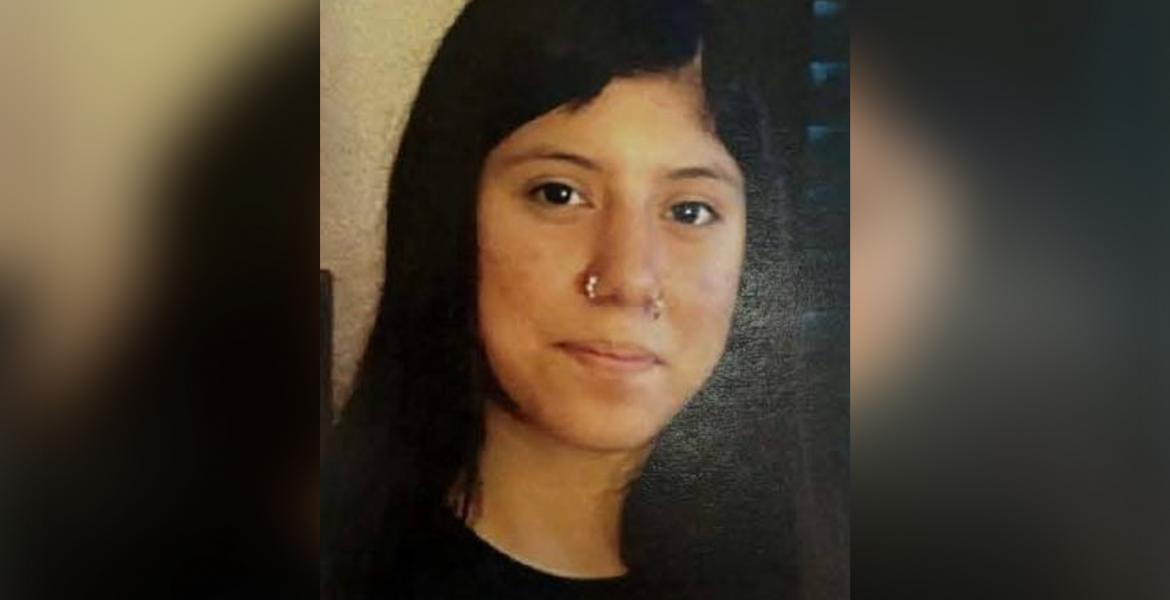Twenty-six Americans will not celebrate their birthdays this year. Twenty U.S. children will never see their first date; their families won’t cheer them on at sporting events; there will be no new report cards on the fridge and no tripping over toy fire trucks in the middle of the night. Six adult lives have been severed from those around them, disrupting social circles, relationships, and dreams of forming families of their own. Laughter has faded and grief has set in: 12 ½ months after the mass-murder at Sandy Hook Elementary School (SHES) in Newtown, Conn., all that remains are memories and endless legislation.
Dec. 14, 2012, just after 9:30 a.m. Twenty-year-old Adam Lanza arrives on the SHES campus and forces entry into the building by shooting through plate glass windows near the school lobby doors. Within 11 minutes, 26 children, teachers and school staff have been fatally shot, two more have been injured, and Lanza has committed suicide via self-inflicted gunshot wound to the head. He had shot and killed his mother that same morning.
But the violence is not over.
Since the Newtown Police Department received the first call from the school at 9:35.39 a.m. on Dec. 14, 2012, various online resources estimate that between 25 and 30 active shooter incidents have taken place on U.S. school grounds, accounting for an estimated 26 additional fatalities and 25 plus injuries over a 12 ½ month period.
Interactive maps depict school shooting sites scattered throughout the United States, but on Jan. 14, 2014, a shooting at Berrendo Middle School in Roswell, NM moved the harsh reality of school violence into San Angelo’s backyard.[[{"fid":"2635","view_mode":"default","fields":{"format":"default","field_file_image_alt_text[und][0][value]":"","field_file_image_title_text[und][0][value]":""},"type":"media","attributes":{}}]]
Located approximately 302 miles northwest of San Angelo, Roswell, NM is a 4 ½ hour drive from downtown, an arguably a short trip from a Texan’s perspective.
The suspected shooter, a 12-year-old seventh grade boy named Mason Campbell, had smuggled a sawed-off shotgun into the school and opened fire on fellow students in the school gymnasium, injuring 13-year-old Kendal Sanders and 12-year-old Nathaniel Tavarez, both of which were airlifted to a Lubbock Hospital following the incident. Sanders has since returned home and latest reports from New Mexico media state that Tavarez was in critical but stable condition in Lubbock as of Jan. 20.
In the wake of the Sandy Hook massacre, school districts nationwide have stepped up security measures and drills to deter further incidents from happening. Locked doors, bulletproof glass, security cameras and controversial concealed carry “Guardian” programs have been initiated in schools nationwide, but the violence continues. As the bloodshed mounts and communities face the harrowing aftershock, the question on the tips of everyone’s tongues remains the same: Are schools safe enough?
SAID’s Beefed-up Security
By the end of December 2012, the San Angelo Independent School District had already begun developing and implementing tighter security measures on campuses citywide, says SAISD Superintendant Dr. Carol Ann Bonds. Dr. Bonds has been Superintendant for the past seven years, and has seen the school security climate change as active shooting incidents become more rampant nationwide.
Prior to Sandy Hook, off-duty police and deputy presence on middle, junior and high school campuses was commonplace in San Angelo. In response to the tragedies at other U.S. schools, Dr. Bonds, San Angelo Police Department Chief Tim Vasquez and the Tom Green County Sheriff began working together to provide more extensive coverage solutions all campuses in the district.
“We have a really good partnership with our local police and fire and sheriff’s department,” Dr. Bonds said. “A couple of my schools—Lake View and Lincoln—we use both Sheriff’s deputies and police. At my other secondaries, prior even to Sandy Hook, we’ve had for a long time…off-duty police or Sheriff’s deputies at all of our secondary schools.”
Missing from the pre-Connecticut equation, however, was regular on-campus coverage of local elementary schools. In order to bridge the gap, Bonds and Vasquez worked out a plan that was set in motion immediately to ensure the safety of all San Angelo students.
“After Sandy Hook, we needed to find a way that we could increase our presence at the schools,” Vasquez said. “Unfortunately, without an increase in staffing, it would be impossible for us to assign someone there full time. So what we’ve done is our patrol division, as part of their patrol duties, have to check and spend time at the elementary schools every day during their shift. We encourage them to write their reports on campus or near campus, so throughout the day we have officers stopping at every elementary school in town,” he explained.
Dr. Bonds recently took the encouragement a step further when she initiated the Police Are Welcome in Schools (PAWS) program, which invites law enforcement officers to eat lunch on school campuses free of charge. The program initiative is to promote further presence on campus and foster interaction between officers and students.
In addition to increased officer presence, the SAISD works constantly to promote safety measures and drill emergency plans, Bonds says. The district has a set of crisis management plans that are “very specific about each category of crisis”, which run the gamut from natural disasters such as fires and tornados to violent acts of shooters and bomb threats.
The most standard of these operating procedures is simply keeping classroom doors and those leading to school entry points locked at all times. “That forces…entry near the office so that can be observed,” Bonds says. “All of that has really taken in place in the last very few years as we’ve gotten extremely vigilant.”
In addition, teachers and students are taught to “shelter in place”, meaning that in the event one does gain entry into the school, teachers and students remain in locked classrooms away from doors and windows, and if possible, hidden from sight should the room be penetrated. Safety plans are frequently updated as changes are made on campus, such as renovations and construction that might jeopardize an entry point.
“We do drills ad nauseum and more than we’ve ever done. You just want it to be they don’t even have to think. They’ve done it so often they’re not often frightened when a drill comes up,” Bonds said. “Once a year doesn’t cut it. It’s got to be often so that everybody knows that we’re going to be prepared to the very best we can.”
Christoval’s Armed Guardians
According to stoptheshootings.org, there have been 387 school shootings in the United States since 1992. That number does not include the circa 30 incidents that have taken place since Sandy Hook.[[{"fid":"2636","view_mode":"default","fields":{"format":"default","field_file_image_alt_text[und][0][value]":"","field_file_image_title_text[und][0][value]":""},"type":"media","attributes":{}}]]
Despite efforts to improve security and police presence on school campuses, isolated rural areas are presumed to be at greater risk due to extended response time from surrounding law enforcement and the mere minutes it takes for a potential threat to become a very real tragedy.
At Sandy Hook, Lanza had penetrated the school building, shot and killed 26 students and teachers, and killed himself in under 11 minutes. According to Christoval Independent School District Superintendant David Walker, the average response time for sheriff’s deputies to reach the town’s campuses lies between eight and 12.
Like SAISD, doors on Walker’s campuses remain locked throughout the day and the faculty practice shelter in place and drills regularly with their students. Sheriff’s deputies visit the town’s two campuses periodically on a weekly basis, and surveillance systems are in place to monitor traffic. Visitors to the schools are also required to wear badges, and students know to alert an adult should someone be seen on campus without them.
The measures are good, Walker says, but they’re not sufficient, and for that reason Christoval ISD initiated a district-wide Guardian program on Jan. 30, 2013 in which an unidentified number of school staff have received training and allowance to wear concealed handguns on campus and at school events at all times.
“Regarding safety in general, everyone plays an active role. Everyone needs to be good stewards and make sure that the doors that need to be closed and locked at all times are…but your most important tool are your staff members. They’re your first line of defense,” Walker says. “If everything fails, and then at the last point for an active shooter situation, we’ve taken the extra precaution as far as having trained staff.”
The permittance of concealed carry is not open game. Not every staff member or successful CISD applicant will be signed up for weapons training or be permitted to carry a gun on the basis of being staff alone. Numerous checkpoints have been set in place for the guardian selection program, and situational training takes place on an ongoing basis.
Walker says the first stipulation on becoming a Christoval guardian is that interested parties have to volunteer. But, “Not all volunteers are accepted, it has to be someone that we know that we trust, that we’ve seen in different situations as far as how they handle stress,” Walker said. “Definitely there’s no way—even in training—you can replicate a real shooting incident…but you do have to look at one’s disposition and having that trust and confidence.”
A second stipulation requires accepted volunteers to hold a concealed handgun license, which Walker explains is not only to verify that one has gone through the training of how to use force and handle a weapon, but also certifies that the person has passed a background check.
Lastly, applicants are required to undergo extensive and ongoing specialized training, led by a trainer with ample experience in both teaching and handling real-life crisis situations.
“I chose a trainer that is known within the profession, that not only…has trained specialized units like Special Forces, Seals, L.A. SWAT…but also someone that he himself has been in numerous confrontations as far as gunfights…he’s actually also been shot,” Walker says. “Someone who has quote unquote ‘seen the white elephant’, who also knows what goes on…the physiological and the psychological effects on the body.”
This aspect Walker puts special emphasis on, noting that in a crisis situation the rational mind becomes foggy and an “adrenaline dump” impairs judgment and dexterity. “The gun range mindset where you’re just standing there flat footed and shooting straight into a paper target—that same technique could possibly get innocent bystanders hit,” Walker said, noting that a densely-populated school differs greatly from situations where the shooter may be more isolated from other people.
Like other schools who have implemented similar programs, Christoval ISD has a strict set of guidelines concerning gun and ammo types, as well as training and maintenance. Staff permitted to carry guns on school grounds are required to furnish their own weapons and ammunition, and to have them concealed on their bodies or in their vehicles at all times. Both handguns and long guns are permitted, however only handguns are taken into the campus. The identities of those in the guardian program remain confidential for safety reasons, Walker says.
“By you not knowing how many guardians we have and where they’re located, you don’t know who’s a guardian and who’s not. Whereas if you have a uniformed person—which I would love, if I had the capacity in my budget...That one person—everyone knows where that one person is, he says.
“Another way of looking at it, fire extinguishers—you don’t have a fire extinguisher on every door, they’re peppered throughout the building. It’s the same way with my guardians; we’re peppered throughout to where any area, there’s a guardian close enough like that fire extinguisher…so in a matter of seconds a threat’s neutralized and stopped,” he says. “Because of the response time, we just don’t have the luxury of waiting.”
Guardians are paid an annual stipend of $600, which may be used to purchase weapons, ammo or items needed for maintenance. During training sessions, the school district provides both guns and ammunition, however staff are required to provide their own for use in the event of an active shooter. The district also accepts donations for firearms, ammunition and medical supplies that are included in the guardian kits.[[{"fid":"2637","view_mode":"default","fields":{"format":"default","field_file_image_alt_text[und][0][value]":"LIVE! Photo by Chelsea Schmid","field_file_image_title_text[und][0][value]":"LIVE! Photo by Chelsea Schmid"},"type":"media","attributes":{}}]]
Although the guns are present and drills provide frequent reminders of what could happen, Walker says his position in deciding to arm his staff was not one of ‘trying to be cowboys’. Rather, he says, the program is intended to be a deterrent to potential threats, a plan he hopes he’ll never have to use.
“We are trying to limit casualties,” he said. “One is too many.”
Tattle Tale
Both Dr. Bonds and Walker reiterated the importance of communication in schools. According to the Superintendents, in the case of most school shootings, the student or person wielding the weapon gave indicators of his intentions before showing up on campus. Students are encouraged to alert faculty, staff and on-site law enforcement if they suspect or have heard anything that might suggest danger is imminent.
“In each incident…somebody has known something. At least they have a gut feeling. So we talk about constantly now, with staff and our students if you have a gut, nagging feeling that somebody—a student, somebody’s parent that you’ve heard about—is angry, distressed, and going to do something violent, we need you to tattle,” Bonds says.
Cases of concern are handled very seriously, she says, including informing police and requesting extra presence on campus when word gets out of a potential threat.
Police Chief Tim Vasquez reiterates this point: “If we have a juvenile or a student that we feel is potentially going to cause problems, number one, we’re going to notify the school, number two, definitely all the officers would be aware of it, but we try to prevent the situation by getting the student some type of help.” Failure to indicate even the slightest suspicion of malicious intent could lead to a loss of life.
911 Recordings from Sandy Hook
Special thanks to Doug Hardy, Business Manager of CTNewsJunkie.com, for insights into the political ramifications of the Sandy Hook shooting and guidance provided for compilation of information necessary to this article.
Subscribe to the LIVE! Daily
Required






Comments
Listed By: Mike Henderson
- Log in or register to post comments
PermalinkListed By: West Texas Insomniac
- Log in or register to post comments
PermalinkListed By: Bill Richardson
- Log in or register to post comments
PermalinkListed By: Chelsea Reinhard
Insomniac, no, "packin' heat" is not AP Style. It's in the Creative License Handbook I keep stashed somewhere between important dates and remembering to get quarters for laundry.
You raise some valid points, most of which I considered when writing this piece. When the Roswell shooting took place earlier this month, I immediately called a contact in Connecticut to ask his opinion as a journalist and Manager of a website that extensively covered the political ramifications of the Sandy Hook shooting. His advice was very similar to what you've suggested, particularly on the mental health issue.
Having considered the vast amount of information needed to cover those aspects, I decided it would be more logical to start locally and simply first. As you can see, this article alone is quite lengthy, and I appreciate anyone who had the patience to read it all. As far as the other topics go, I do find they are interesting and definitely worth coverage and and have put some thought into writing follow-ups as time allows.
- Log in or register to post comments
PermalinkPost a comment to this article here: